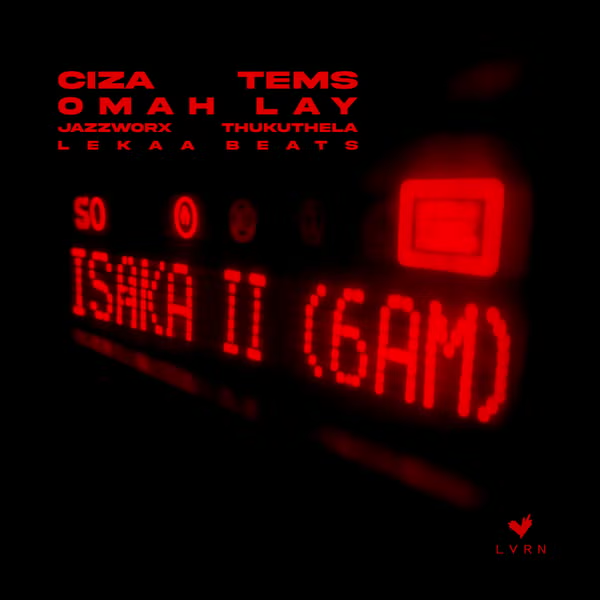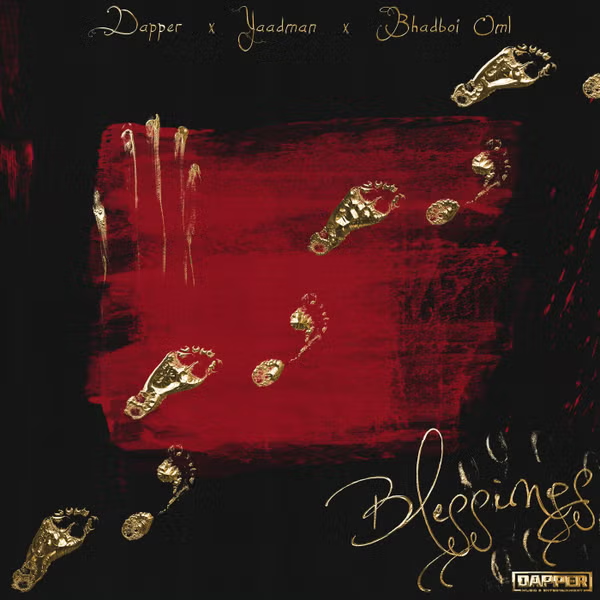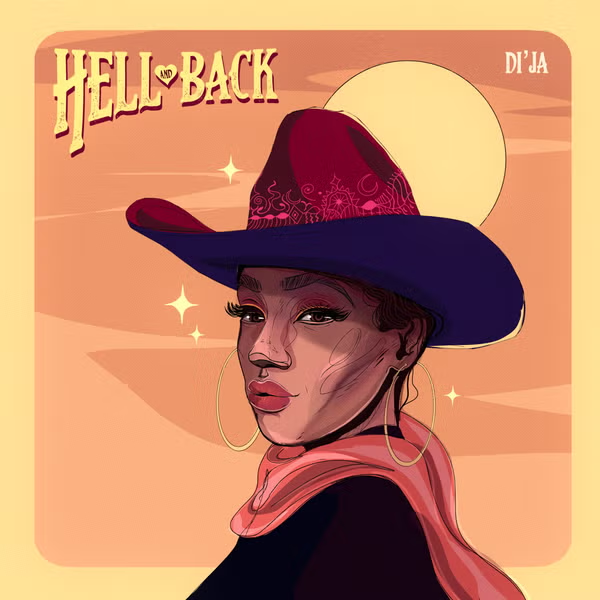Pulikali (Tiger Dance) is one among the folk art forms of Kerala. On the fourth day of Onam festival, artists paint their bodies like tigers with stripes of yellow, red and black and dance to the rhythm of traditional percussion instruments such as thakil, udukku and chenda.
The Swaraj Ground in Thrissur district plays host to this carnival that has people appearing in various unique hues and masks, with the locals and visitors alike joining in on the revelry.
The main theme of this folk art is tiger hunting with participants playing the role of tiger and hunter. The make-up for the same is applied using oil paints and is said to be extremely hard to remove.
Regardless, every year during Onam, the streets of Thrissur attract people from across the State and the world to view this special event.
The processions roll out in the afternoon and celebrations go on till 9 pm. One of the participants, Bharath Santosh, a student clad in golden breeches says, “We first have to shave our body hair.
Then, we need multiple coats of paints of different colours to get the right look,” This is his first Pulikali as a dancer with the Friends Arts and Sports Club.
There are many such clubs in Thrissur, each with their troupes of dancers, chenda melam (percussion orchestra), painters and tableaux. All of them start from their respective neighbourhoods and congregate at the Swaraj Round in a friendly face-off to perform the best tiger dance.
The government gives them awards under various categories such as “best tableau”, “best rhythmic beats” and “best tiger costume”. There’s even one for “discipline and decorum”!
Throughout the morning, small groups with chendas walk the streets, spreading festivity into the air. At the tent set up by the Friends Arts and Sports Club, there is a flurry of activity.
Artists are painting tigers, leopards and zebras on the men’s bodies. After each coat, the performers stand feet apart, hands resting on bamboo poles, waiting for the paint to dry. The humidity and sharp sun make it an uncomfortably torrid affair, but nobody seems bothered.
Around 4 pm, the processions begin. Crowds have collected along alleys and on rooftops to watch the tigers. They walk out lavishly costumed to a loud cheer. After paying obeisance at the local shrine, they move to the city’s thoroughfares and begin performing in small groups. The fairly simple moves are said to be modelled on a tiger stalking its prey. As they groove, their waist belts, festooned with bells, create a distinctive rhythm.
The men with the biggest bellies are most in-demand — not only do their paunches offer a larger canvas for more expressive paintings, but they are also the ones adding the most bounce to the beat.
Online Chinese whispers contend the festival originated more than 200 years ago under the tutelage of the then Maharaja of Cochin, Sakthan Thampuran (whose palace in Thrissur is now a museum), while others speculate it is 40-70 years old. But CG Prince, a sculptor and folklorist from Thrissur who has been studying and participating in the festival as a painter for 30 years, denies these claims.
“I have talked to older residents and can say with certainty that the festival is at least 100 years old. It is a synthesis of the Tamil Nadu folk dance of Puliyattam, which was performed during Pongal, and the Muslim festival of Muharram.
Puliyattam has its origins in shepherd culture and features depictions of tigers preying on goats. Since Muslims regard Ali (whose family’s martyrdom is commemorated during Muharram), as the tiger of Allah, they dress up as the beast and perform a kind of tiger dance during Muharram. In Kerala, these two traditions were synthesised into Pulikali.”
In Kerala, festival dates are decided in accordance with the Malayalam calendar and the local traditions and customs. We have calculated the festival dates based on these.
But there can be changes in the dates according to the customs and rituals associated with each place of worship. As such, these should be considered only as approximate dates and have to be confirmed with the local authorities.



























